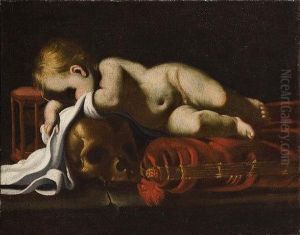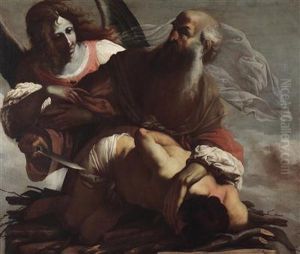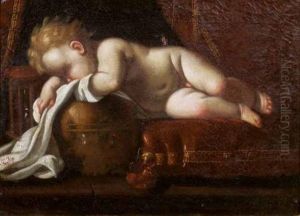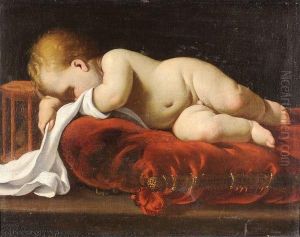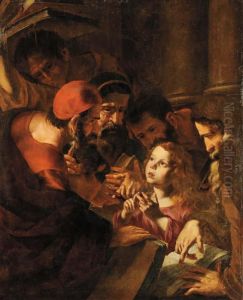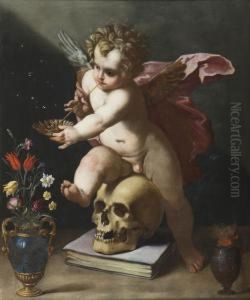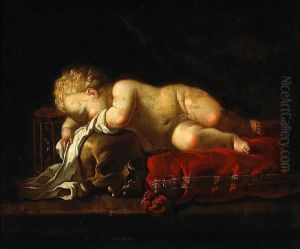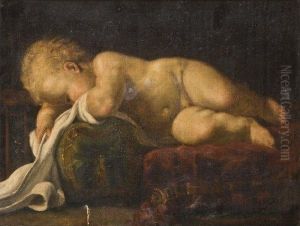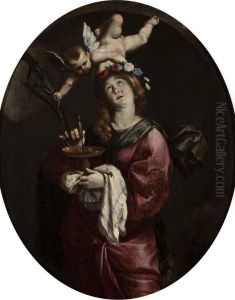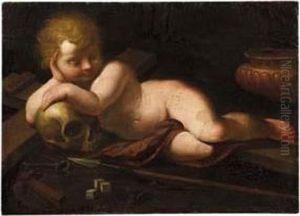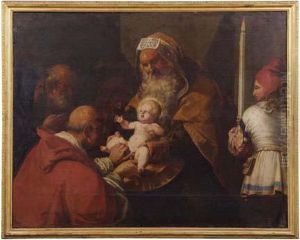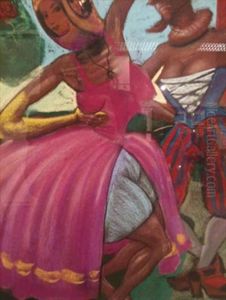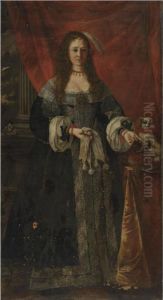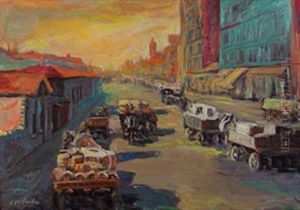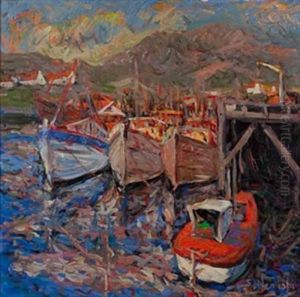Luigi Miradori Il Genovesino Paintings
Luigi Miradori, known as Il Genovesino, was an Italian painter active during the Baroque period, notably in the first half of the 17th century. Born in 1605 in Genoa, a city renowned for its vibrant artistic scene, Miradori is among the artists who contributed to the spread of Baroque art beyond the boundaries of central Italy. His moniker, Il Genovesino, literally translates to 'the little Genoese,' distinguishing him in the realms of art history.
Il Genovesino's work is characterized by its dynamic compositions, dramatic use of light and shadow, and intense emotional expression, traits that align him with the principles of Baroque art. He was particularly adept at religious themes, imbuing his subjects with a sense of devoutness and humanity that resonated with the Counter-Reformation ethos prevalent at the time.
His journey as an artist took him from Genoa to Cremona, where he left a significant mark. In Cremona, Miradori worked on various commissions, most notably for the city's churches and religious institutions. His frescoes and altarpieces in Cremona demonstrate a masterful blend of realism and spirituality, capturing the viewer's attention and drawing them into a contemplative engagement with the divine.
Despite his contributions to the Italian Baroque, Luigi Miradori's name is not as widely recognized as some of his contemporaries. Nevertheless, his works remain a testament to the artistic fervor that defined the period, showcasing his skills in portraying the sacred and the sublime. Il Genovesino died in 1656, leaving behind a legacy that, though perhaps not as celebrated as that of some of his peers, is deeply appreciated by those who delve into the intricacies of Baroque art in Italy.
